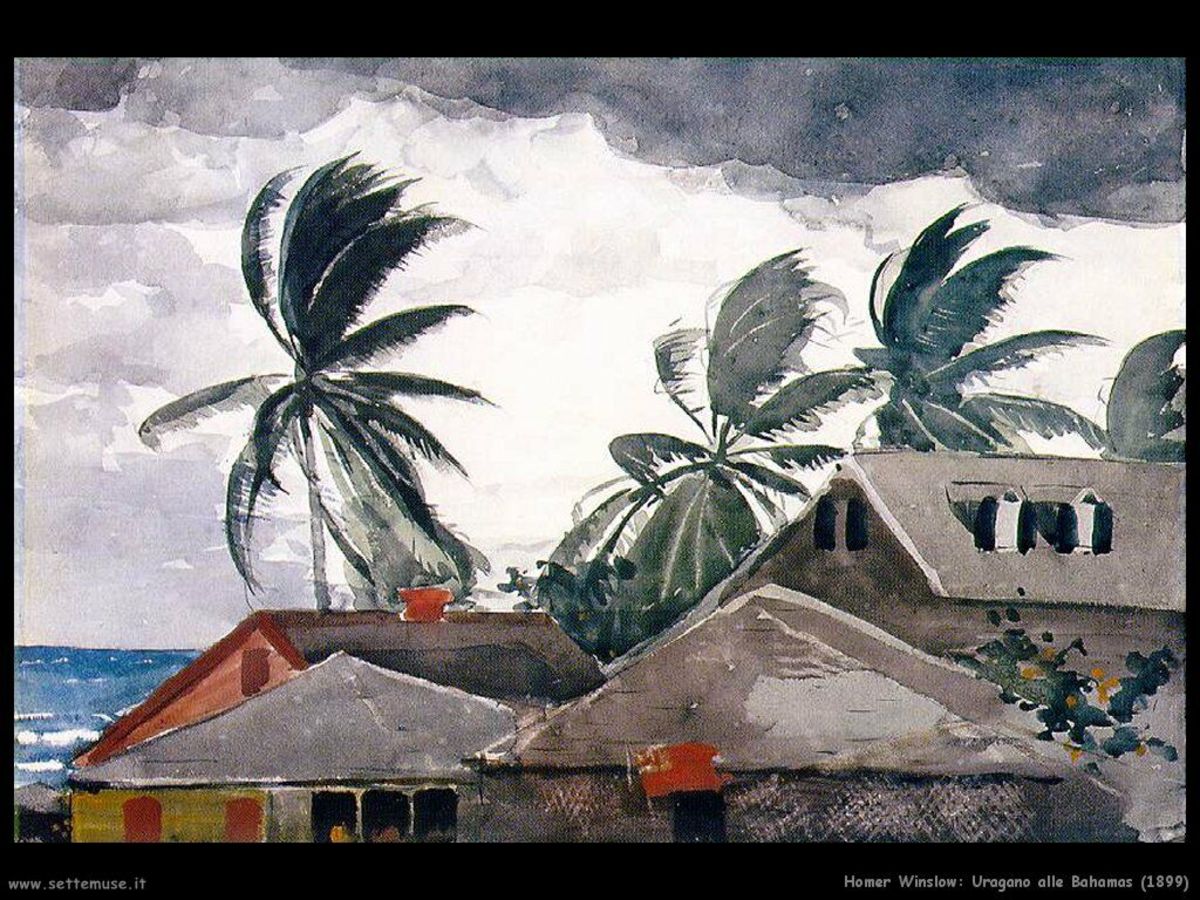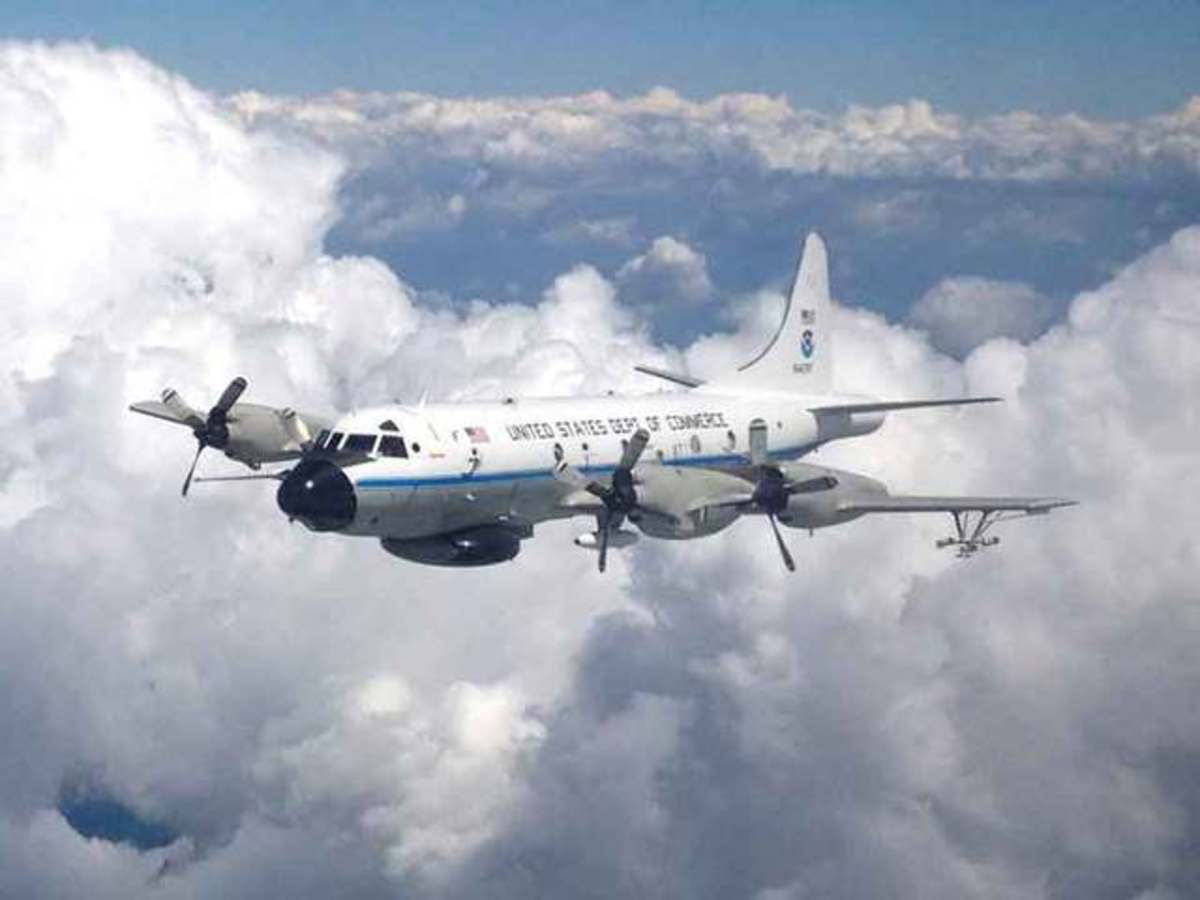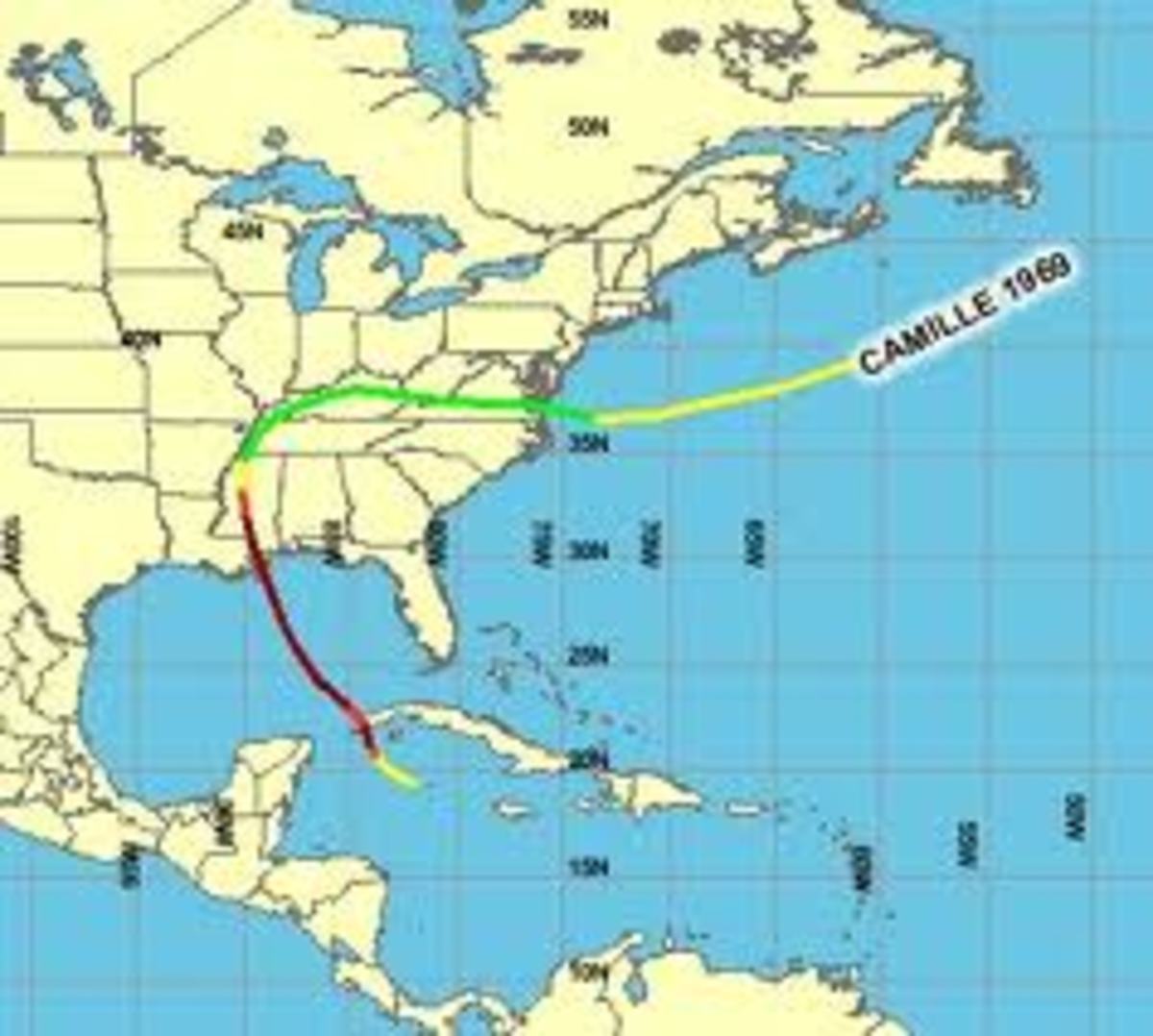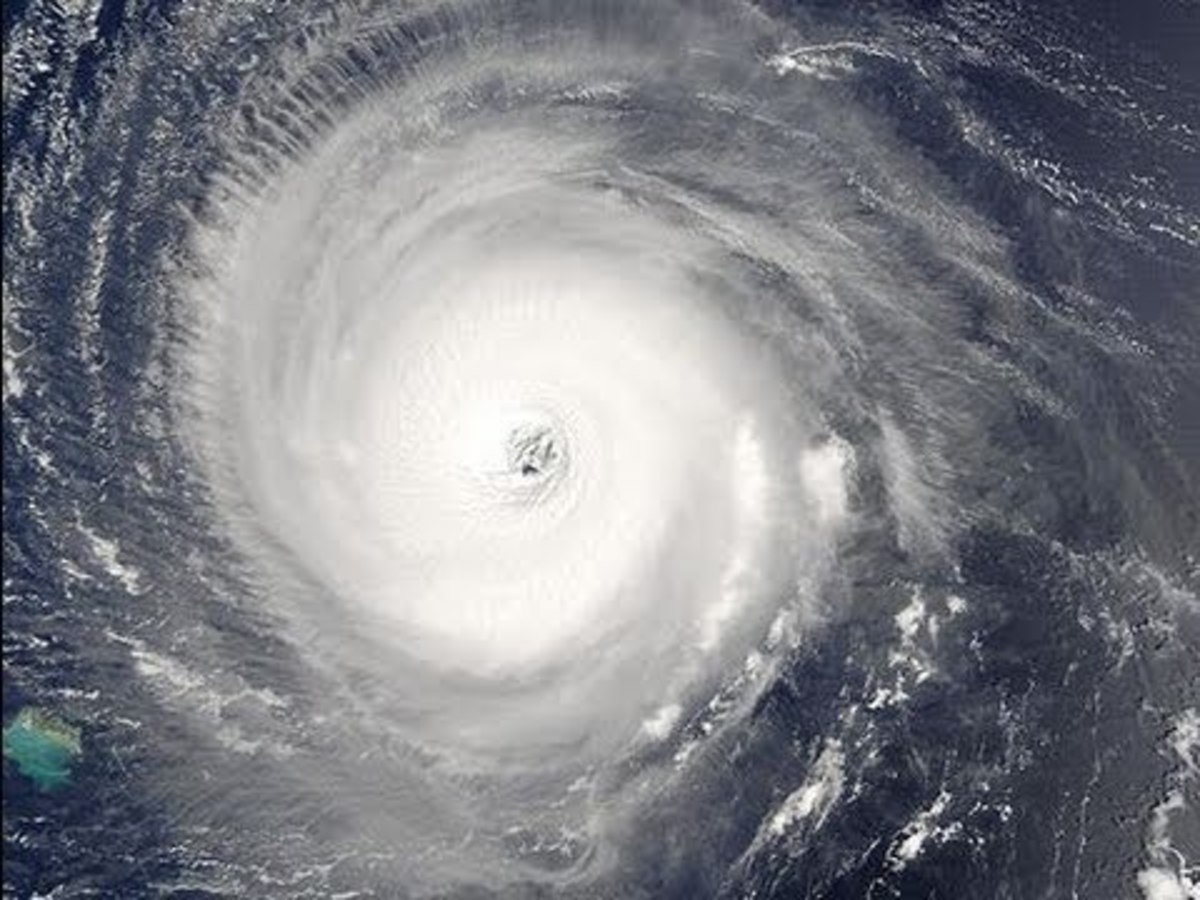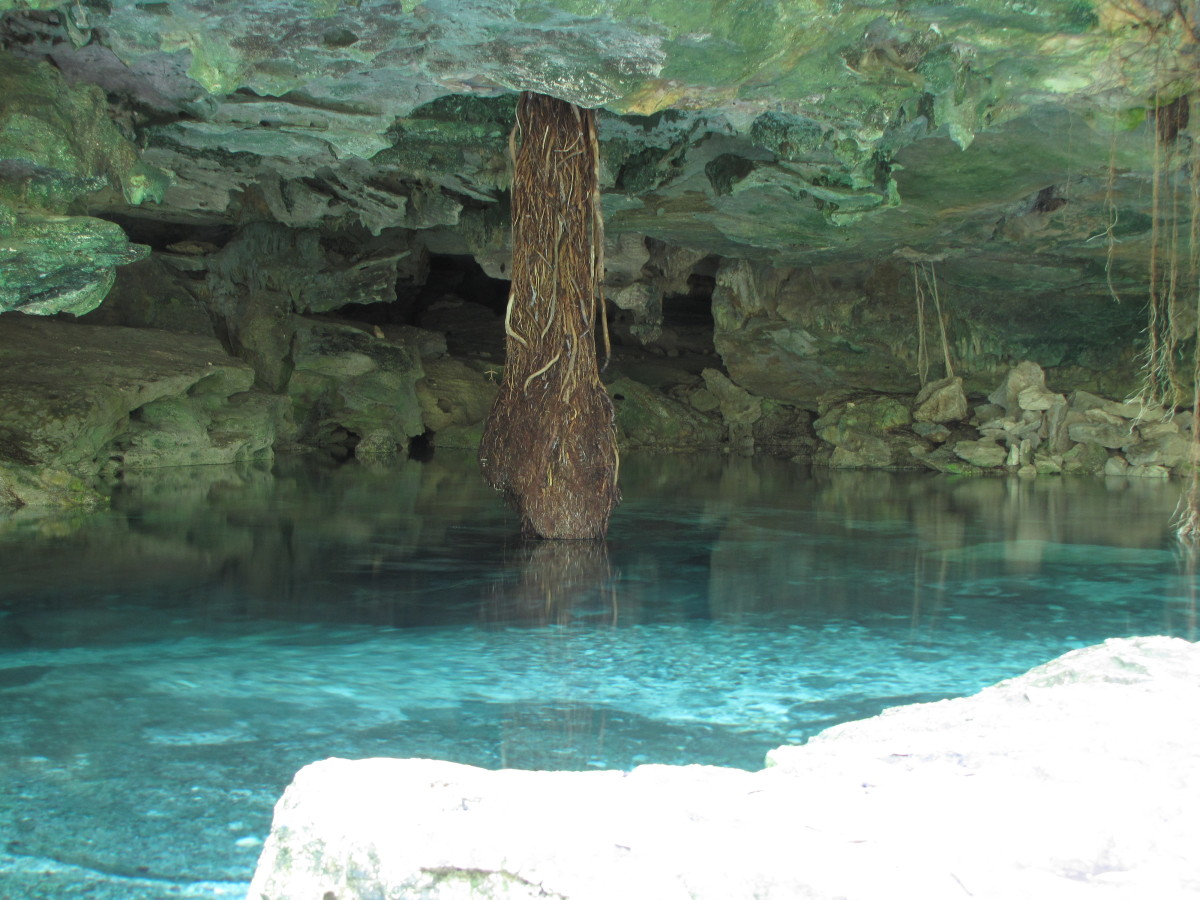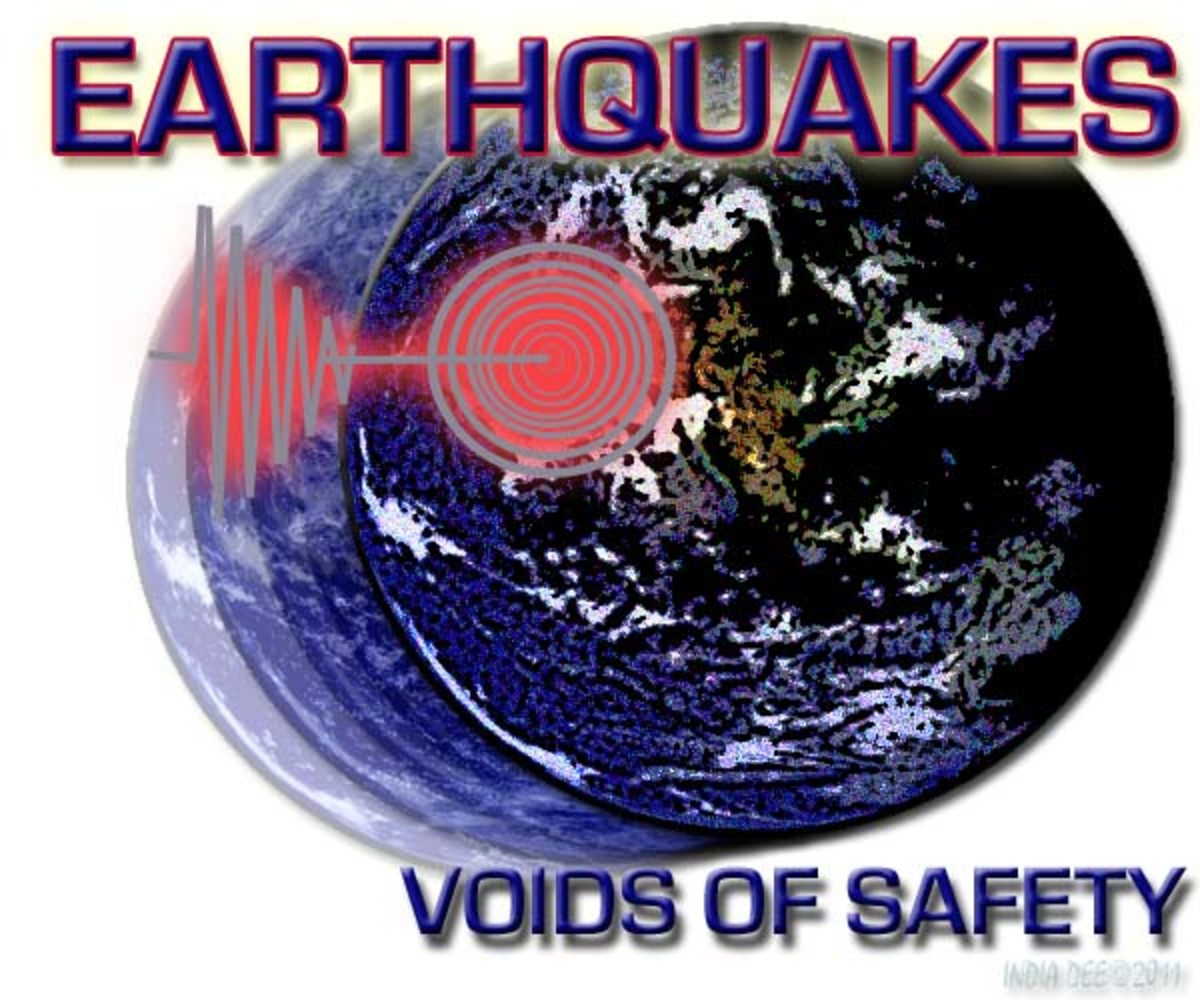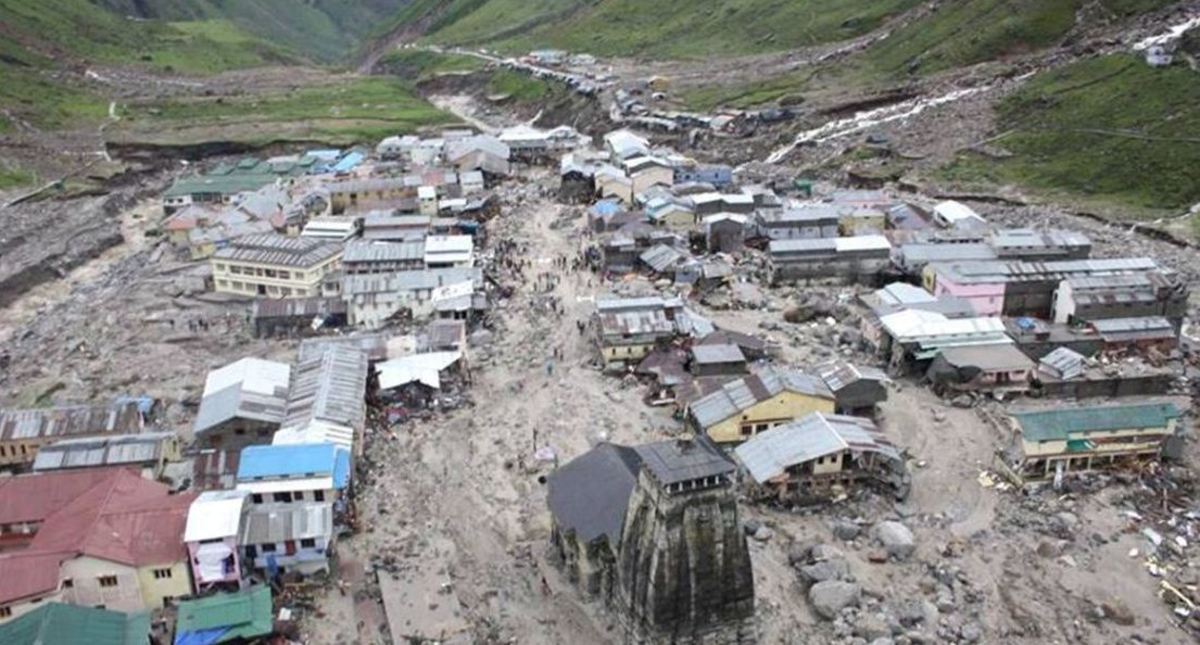Hurricane Alicia
No 13 of the World's Worst Hurricanes
The only major hurricane of the 1983 Atlantic hurricane season, Hurricane Alicia struck Galveston and Houston, Texas to become the worst hurricane in the state’s history since Hurricane Carla in 1961. Hurricane Alicia was also known as Texas’ first “billion dollar storm” for total property damage done.
It would also be the last major hurricane (being of a category 3 or higher) to strike Texas until Hurricane Bret in 1999. It was, furthermore, the first hurricane to hit the US mainland since Hurricane Allen had struck three years earlier in August of 1980, making for the longest gap between hurricanes striking the US in recorded history.
Flooding after Hurricane Alicia
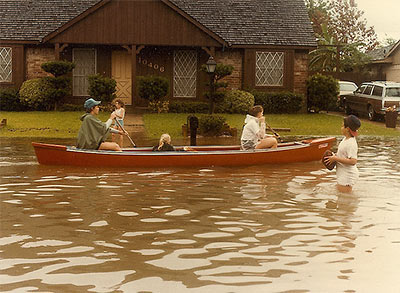
Hurricane Preparation for Hurricane Alicia
A number of watches and warnings were issued prior to Alicia, with the first ones being warnings of gale force winds and a hurricane watch for the area between Corpus Christi in Texas, and Grand Isle in Louisiana on August 16th.
Later, further warnings were issued to the coastline from Corpus Christi to Morgan City, Louisiana, and then to Port Arthur, Texas.
Sadly, the majority of the residents who had received these warnings did not take them seriously. E. Gus Manuel, then mayor of Galveston, actually went against the advice of Mark White, then Governor of Texas, and issued evacuation orders only for those in low lying areas. Only ten percent of the people who had been issued warnings actually chose to evacuate, and people did not grow concerned until wind speed increased, causing hurricane damage throughout Galveston.
Finally, the mayor ordered a widespread evacuation after midnight on the 18th of August. By this point, the bridges to the mainland were already entirely uncrossable.
This serves as a perfect example of the type of risk that is being taken when, in spite of early warning, in spite of modern technology to track hurricanes and administer notice, people simply do not heed the warning. In short, every hurricane notice should be taken seriously.
Hurricane Tracking for Hurricane Alicia
Hurricane Alicia first formed as a low pressure area off the Alabama and Mississippi coasts throughout August 14th. Pressures became high in the Gulf of Mexico, but the lower pressure areas strengthened into Tropical Depression Three on the fifteenth of August, and then became Tropical Storm Alicia that same day.
Tropical Storm Alicia remained small, but generated faster winds, and finally became a category 1 Hurricane on the sixteenth of August.
The hurricane storm began to drift westward on the seventeenth of August, and then turned to the north on the eighteenth towards Port ArthurTexas. The hurricane then quickly began building strength, with winds of one hundred fifteen miles per hour on the morning of the eighteenth of August. Right before landfall, Alicia developed a rare double eye feature lasting for several hours.
The hurricane storm finally made landfall near Galveston, Texas as a category 3 hurricane at roughly two in the morning, CDT, on Thursday, August 18.
Hurricane Alicia then rapidly weakened, losing tropical characteristics, and moving to the northwest, and eventually dissolving along the southeast tip of Nebraska on the twenty first of August.
Hurricane Alicia Hurricane Track
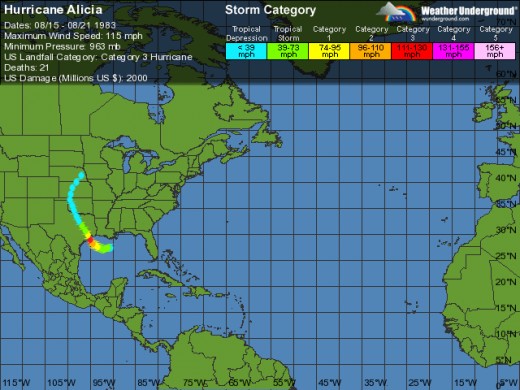
Hurricane Damage for Hurricane Alicia
The majority of the hurricane damage done within Texas by Hurricane Alicia can be attributed to heavy rain and flooding, with Pleasure Pier reporting tides at eight point sixty seven feet.
These waters led to severe power service disruptions, further complicating any belated evacuation plans and leaving three quarter million homes without electricity. Notably, a Simon and Garfunkel reunion concert at the Astrodome was cancelled just prior to the hurricane storm.
Twenty three tornadoes were spawned by Hurricane Alicia, with fourteen affecting the Galveston and HobbyAirport area, and nine affecting the area from Tyler to Houston, ranging in the area of F2 on the Fujita tornado scale.
In Texas City, a major oil spill occurred, with a tugboat capsizing fifty miles from the SabinePass coast. A total of some three thousand homes were destroyed by Hurricane Alicia, with three thousand experiencing major hurricane damage, and ten thousand experiencing minor damage.
About twenty one casualties were caused directly by the storm, with two and a half billion dollars being lost in property and land damage. Or, in the 2009 economy, around five and a half billion dollars.
Recommended Reading
How Hurricane Alicia Compares to Other Hurricanes
Hurricane Alicia might have been a non-fatal storm, if only the correct procedures had been put into action. Comparing this to, say, Hurricane Chris, while the damage was perhaps unavoidable, there might not have been a single casualty if only the residents of Texas had taken the storm warnings more seriously and evacuated while they still had the opportunity to do so.
Hurricane Relief and Hurricane Response for Hurricane Alicia
Fortunately, Hurricane Alicia did wake Texas up to the problem hurricanes present. In Florida, Georgia and Louisiana, people have always taken hurricane warnings very seriously, but this wasn’t always the case in Texas, where the atmosphere is general dry, and where even peripheral hurricane damage is rarely suffered.
Again, every hurricane warning is worth taking seriously.
Hurricane Alicia Aftermath and Hurricane Recovery
After the Small Business Administration interviewed some sixteen thousand hurricane victims, it was predicted that seven thousand loan applications would be submitted. The Federal Insurance Agency has since closed over thirteen hundred eighteen flood insurance cases, with only 782 receiving final payment.
On September 23and 24, the US House of Representatives held hearings in Houston to examine how the National Weather Service handled Alicia and whether new procedures were to be developed.
It was concluded that the NWS had done an exemplary job, with the blame being laid largely upon city building codes and the irreverence with which the residents of Texas treated the warnings they had received.

Other hubs on hurricanes (Not part of the World's Worst Hurricanes series)
- My Hurricane: When Juliet Hit Baja California
Hurricane Juliet Hits South Baja California. We constantly complain about our weather in the UK. But the truth is we really don’t get any “weather” as the term is understood by seaman, for example.... - Galveston Oh Galveston! The Hurricane Ike Cover-Up
As an avid follower of world events and hurricanes the last few years, I watched and followed Hurricane Ike very closely these last couple weeks. I followed Hurricane Ike as it formed in the Atlantic,... - Hurricane Season
Hurricane season begins on June 1 and runs through November 30. Living in Louisiana, preparing for hurricane season every year is a way of life. And, for those of us that got lax, Hurricane Katrina... - Hurricane Shutters:Which are Right for You?
Hurricane shutters protect your windows by shutting out debris. They also help to stabilize and protect your entire home during a hurricane. The shutters will help to keep water and high winds from damaging... - Hurricane Supply Checklist
So you've done everything you could to protect your home and windows during a hurricane. Now you should focus on hurricane supplies. Most experts suggest you have anywhere from three to seven days worth... - It's Hurricane Time Again on the Gulf Coast
Waiting for the arrival of a hurricane is intense. The barometer falls and you can feel the pressure in the air. If you are a storm junkie your pulse races and you find yourself pacing the floor...
This hub brought to you...
by Julie-Ann Amos, professional writer, and owner of international writing agency www.ExquisiteWriting.com
Why not create your own HubPages? It's fun and you can make revenue from Adsense and other revenue streams on your pages. JOIN HUBPAGES NOW - SIMPLY CLICK HERE... (or contact me to write one for you!)
This work is licensed under the Creative Commons Attribution-Non-Commercial-No Derivative Works 3.0 Unported License. To view a copy of this licence, visit http://creativecommons.org/licenses/by-nc-nd/3.0/ or send a letter to CreativeCommons, 171 Second Street, Suite 300, San Francisco, California94105, USA.


